How many beaches you’ll find between Sasco Creek and Ash Creek is debatable.
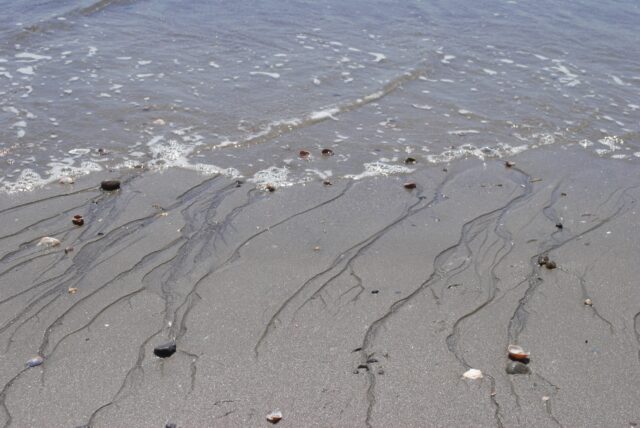
The ability for anyone to add place names to Google Maps adds to the confusion created by websites that only name two of Fairfield’s beaches, seemingly because some can only recognize a beach or a park if it has something like a pavilion or visitor’s center, and then only if it has oodles of parking.

The truth is that you can be unaware that you’ve exited one beach and entered another while walking along the sand.
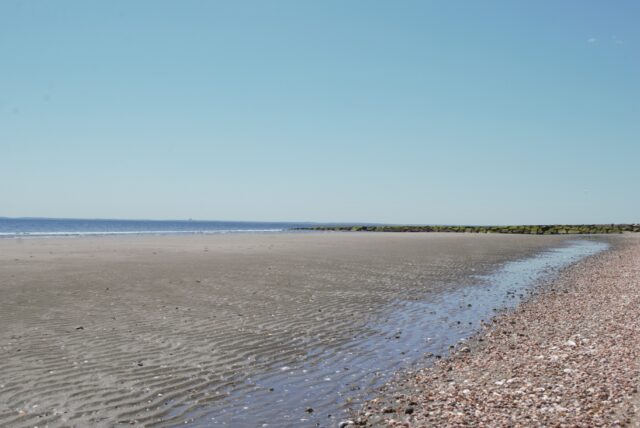
Fairfield’s five miles of coastline is undisputed, and it can be reached from the train station on Unquowa Road without too much effort. Walk along Post Road (Route 1) for a bit until you find a pedestrian crossing light and then look for Beach Road. The name makes it easy enough to remember, and once you’ve crossed and left Route 1, the walk becomes more scenic and serene, and doesn’t seem long at all. (If you went in the other direction on Route 1, use Reef Road, but be aware that there are segments without sidewalk)
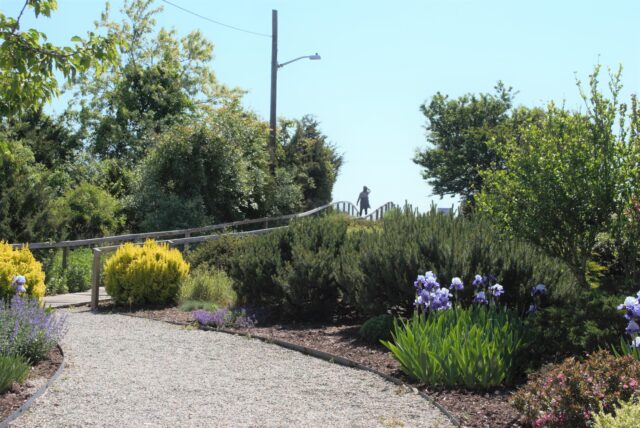
At the junction of Fairfield Beach Road is the Beach Road Seaside Garden and a few beach access points. There’s bicycle parking in the Seaside Garden, and it is free, year-round. Walking in? Also free.
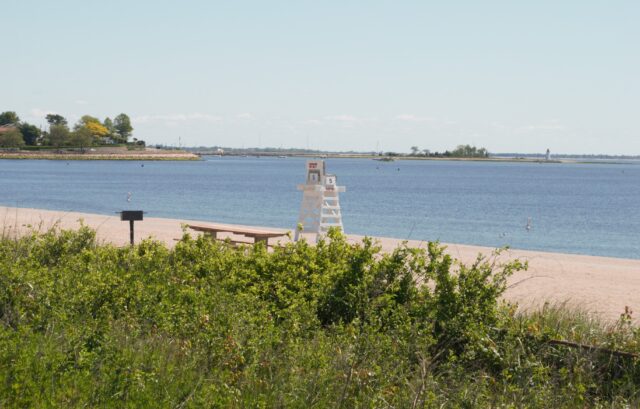
There are picnic tables — great for resting your legs a bit if you didn’t bring a towel to place between you and the sand. However, if you want to use the bonfire pit (see top photo), you need to be a Fairfield adult resident and be lucky at things like getting Taylor Swift tickets or all three kids enrolled at the same summer camp.
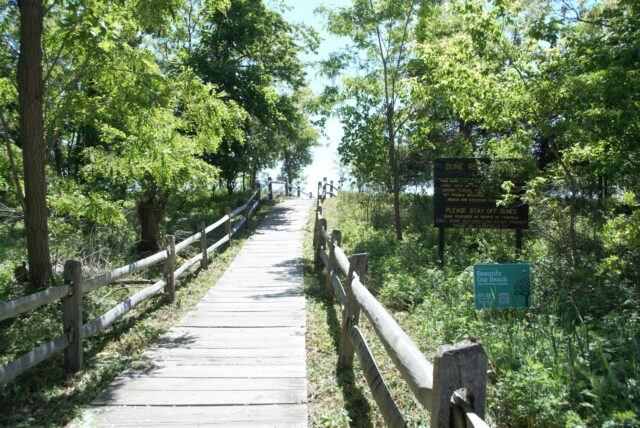
Jennings Beach merges into Rickards Beach, Penfield Beach, and Fairfield Beach. On the other side of Pine Creek is South Pine Creek Beach and Sasco Beach. Go across Southport Harbor to reach Southport Beach.
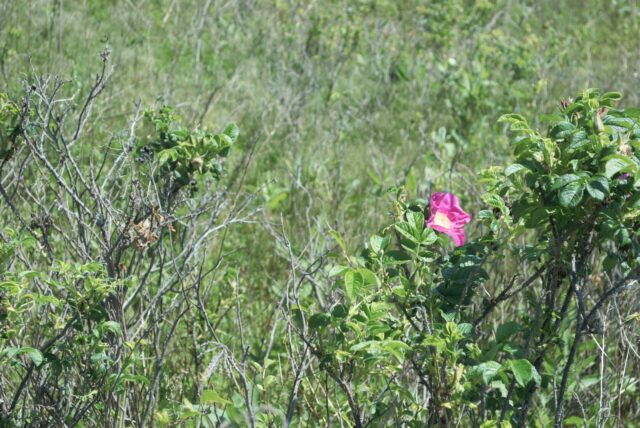
If you want to reach all of them, probably best to bring your bicycle.
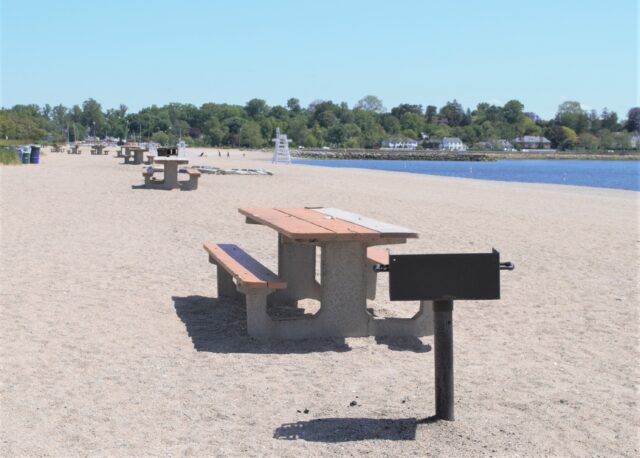
Sticking to the sand between Jennings Beach (at 27 acres, the town’s largest beach) and Shoal Point/Penfield Reef is probably a satisfying outing for most.
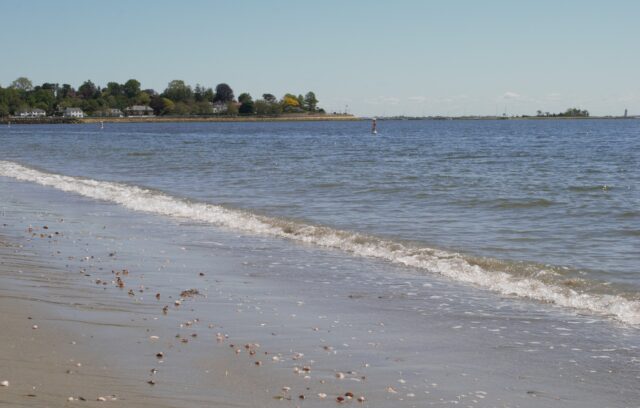
From that area, you can see the Black Rock Harbor (AKA Fayerweather Island) Lighthouse and the Penfield Reef Lighthouse, though binoculars would help get a better view.
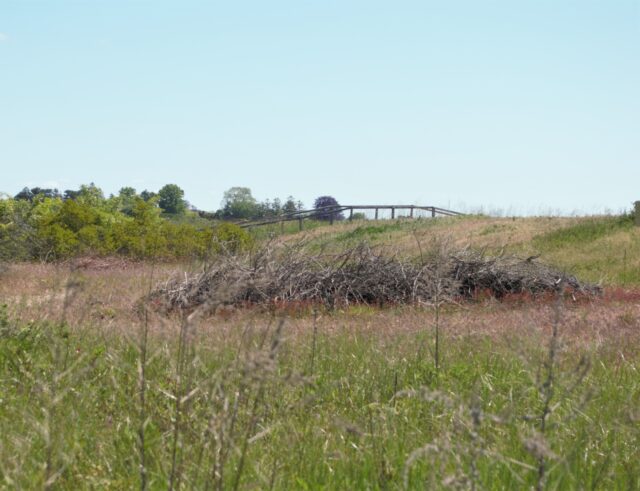
For me, the beach isn’t for sprawling out on, mostly naked, while roasting my skin in the sun, but if that’s your thing, you can find others practicing that ritual.
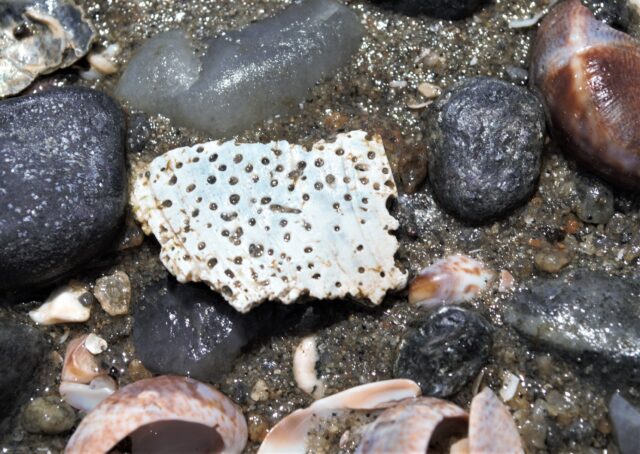
It’s a place, to me, for seeing what the sea delivers, and imagining its depths that few get to truly explore.
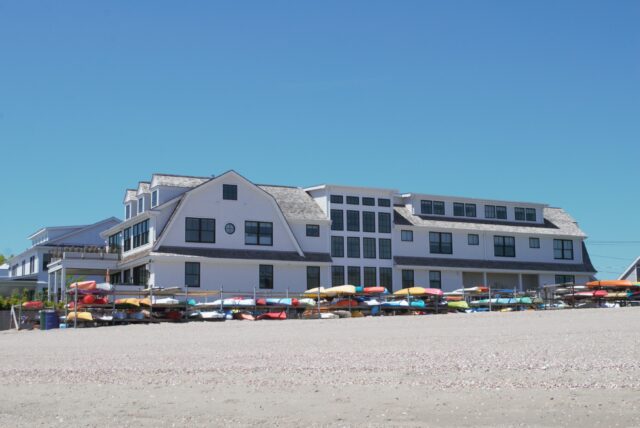
Perhaps others native to Connecticut had the experience of, as a young child, staring out at the ocean and thinking that way off in the distance we could see Europe, only to later learn we were only looking across Long Island Sound. That distorted sense of distance remains, still momentarily believing that it’s possible to see orcas battling yachts off the southern coast of Spain, before coming back to reality.
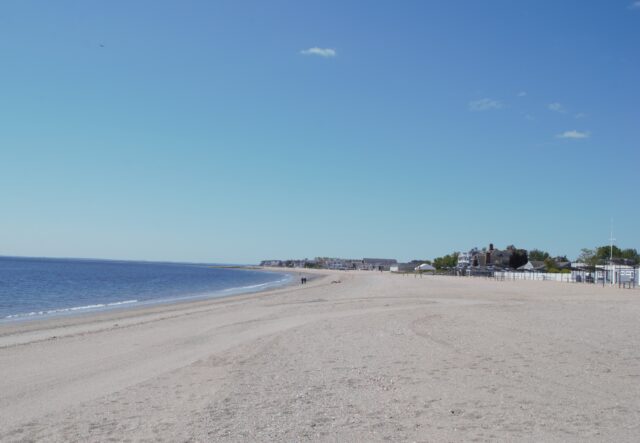
Even so, we are closer to everything else than we think in this interconnected world.
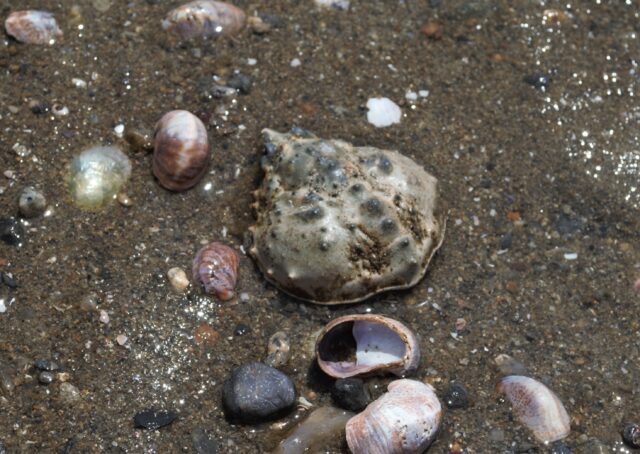
A handful of plastic debris (not pictured) seen in the wrack zone stands out because this is otherwise so clean. There is a noticeable amount of trash and recycling barrels on the beaches, and people aren’t just lazily dropping wrappers everywhere. How, then, does this end up where it shouldn’t? Watch as squirrels spring out of waste barrels with treasures, as trash falls or flies from garbage trucks. Lightweight materials easily drift around. There’s a reason plastic is everywhere.
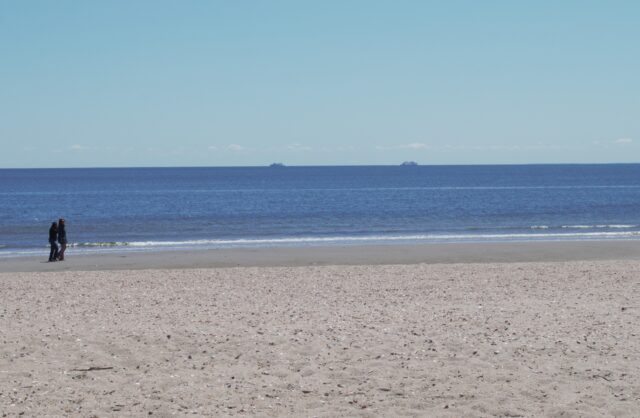
What else is noticeable is that people are actively removing the litter.
This is the kind of place where people care enough to clean up the messes, rather than file by them either expecting someone else to do it or believing that nothing can ever be better than it is.
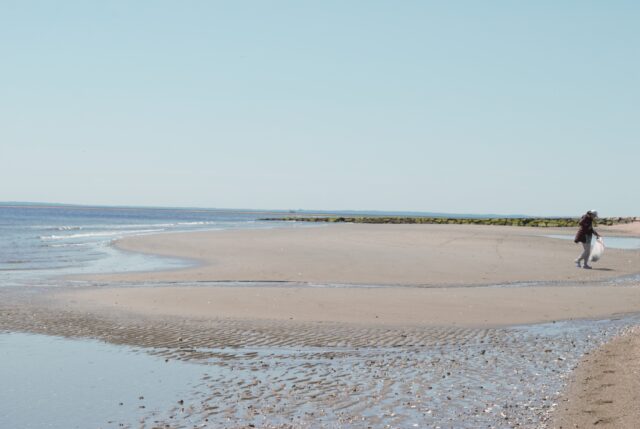
It’s easy to forget that shoreline towns are more than beaches.
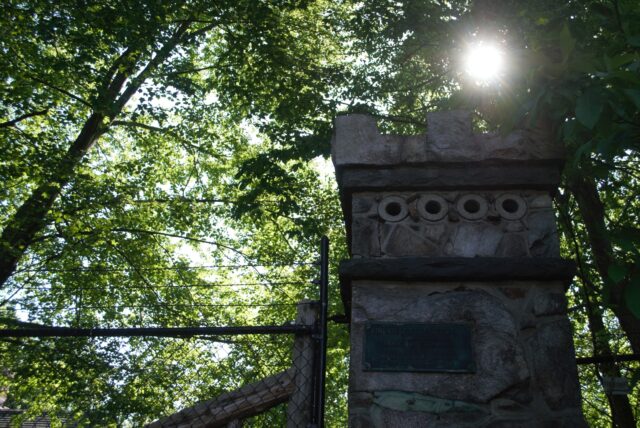
For those traveling on foot, the entrance to the Connecticut Audubon Society Birdcraft Museum and Sanctuary is not easily missed. This is the standard when humans move at human speed: being able to observe what is right there, out in the open. It’s less than a five minute walk from the train station, with the only challenge being how the sidewalk abruptly ends at the property, forcing pedestrians to either walk in the roadway next to drivers speeding up Unquowa Road, or awkwardly do a balance beam walk on the curb. Luckily, that sidewalkless experience is only for 120 feet, or about one minute.
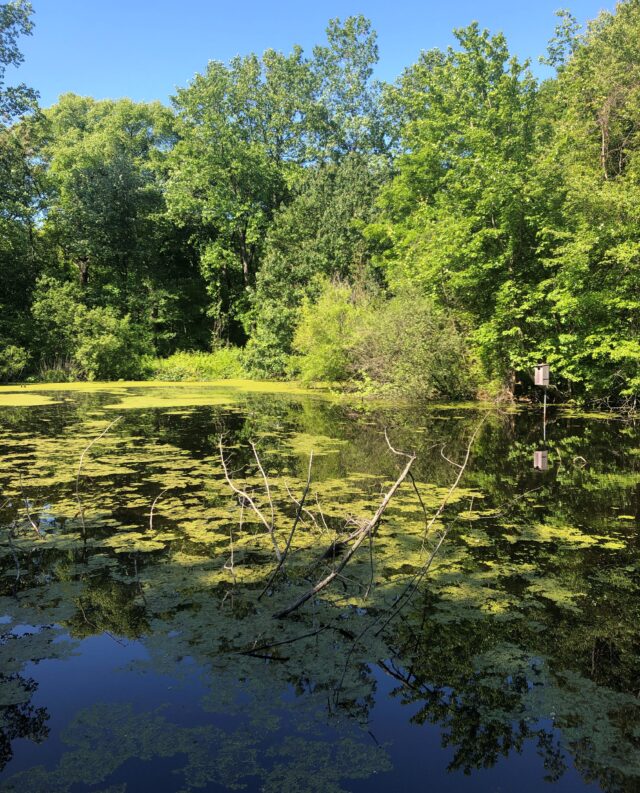
An employee told me that the Birdcraft Museum is closed for renovations, but I was there to walk around the grounds, and these are very much open, even if the fences suggest otherwise.
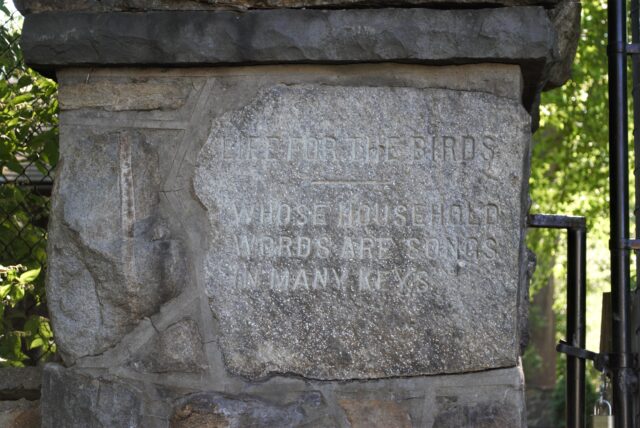
The five-acres of sanctuary is open from dawn to dusk, every day. There’s no admission fee. Nobody you need to check in with.
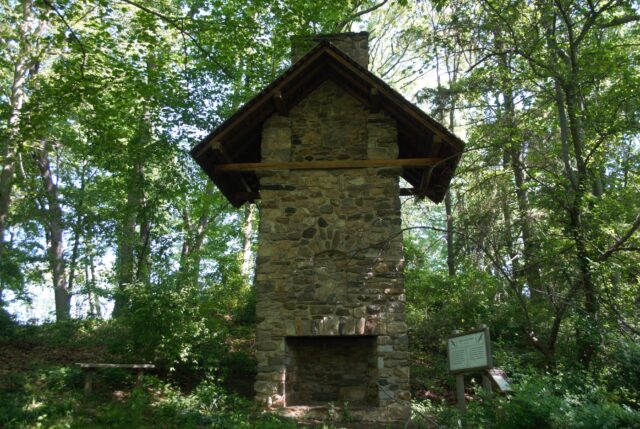
Before someone suggests this lovely space be bulldozed for housing, take a look at how else land is used in this area and what would be better candidates to transition to dwelling space.
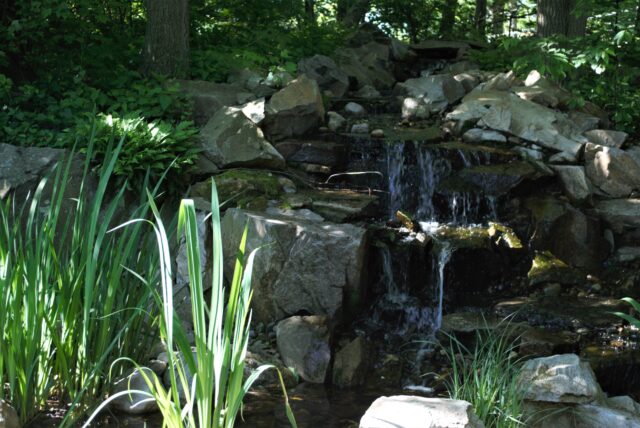
One only need to walk this property and hear the noise level, then look on a map and realize this abuts an I-95 service plaza. Is it time to redesign such amenities to make a smaller footprint, while still serving truck drivers? On nearby Mill Plain Road is a large surface parking lot, currently unused, that could also be put to better use.
With that out of the way, let’s enjoy this little treat.
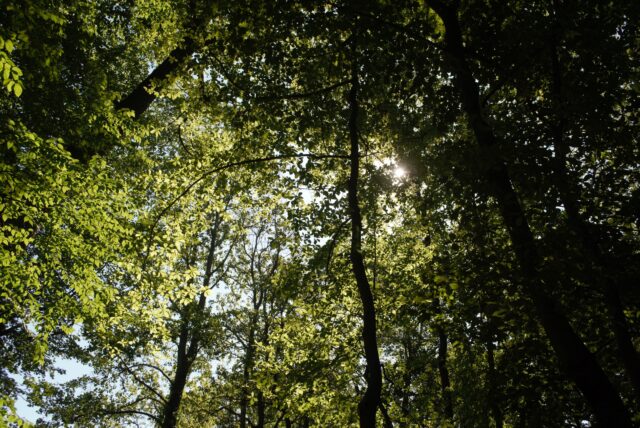
It isn’t a sprawling sanctuary with hilltop vistas, but one that feels like a hug. There’s so much nearby busyness, but here: turtles, butterflies, birds, a pond, a bit of refuge for humans uncomfortable with compulsory consumerism.
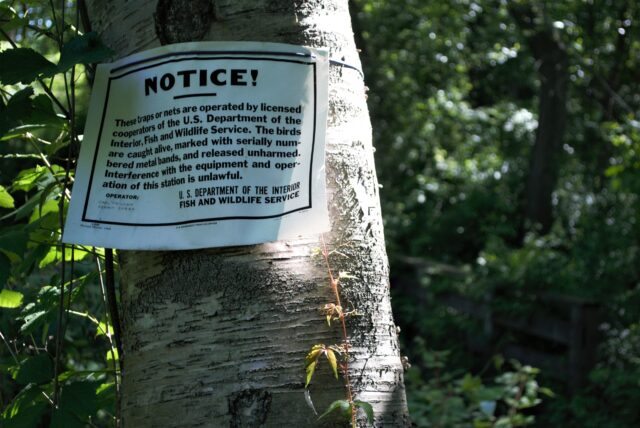
Along parts of the trail there are nets for collecting and banding birds. A team walks around, checking. I was content to have not encountered any birds stuck in the nets. It might not hurt them, but I’m sure they don’t love it. Or maybe they do? Last year (not in Fairfield) I encountered a possum inside a trap intended for bobcats, and they seemed pretty happy to be hanging out there with a goose leg on which to nosh. Either way, all the birds I saw were free.
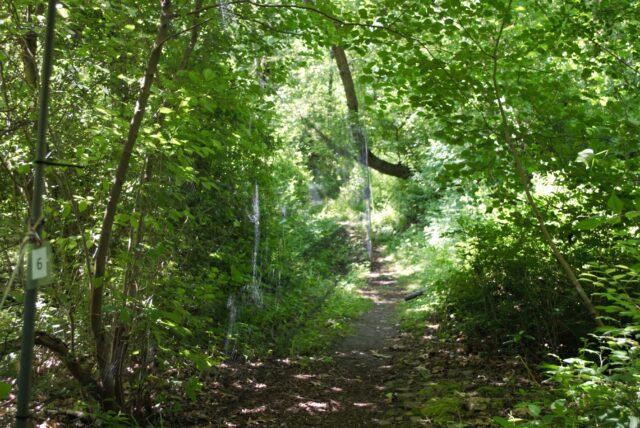
There is just the right amount of interpretative signs in the sanctuary. I love having information delivered that does not rely on a tour guide to lead you around or a QR code to scan, but a space can quickly be overwhelmed with too much signage, and soon people are more into the signs than what the signs are captioning.

Mostly, the signs explain the different types of gardens or habitats, from a Seaside Garden to an Urban Terrace Garden.
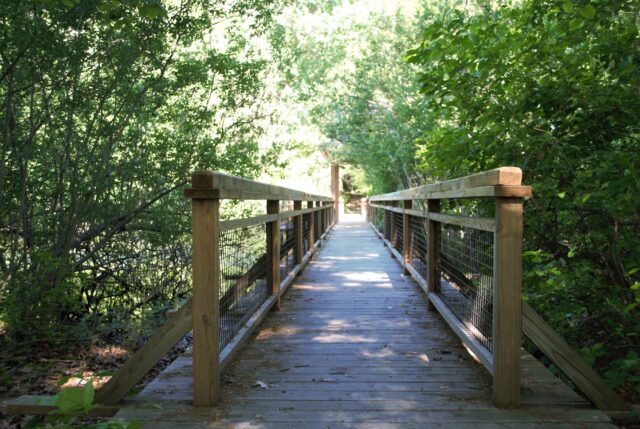
Some border on poetry: “A wetland garden in its quiet repose, belies its dynamic role in nature’s great filtering system.”
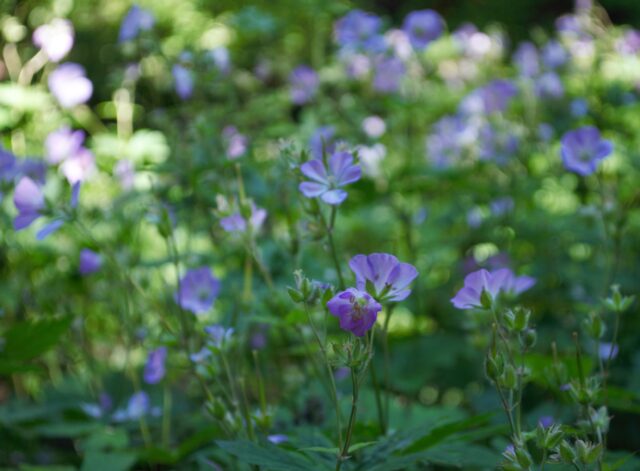
What needs filtering?
Stop.
Smell the wild geraniums.
Listen.
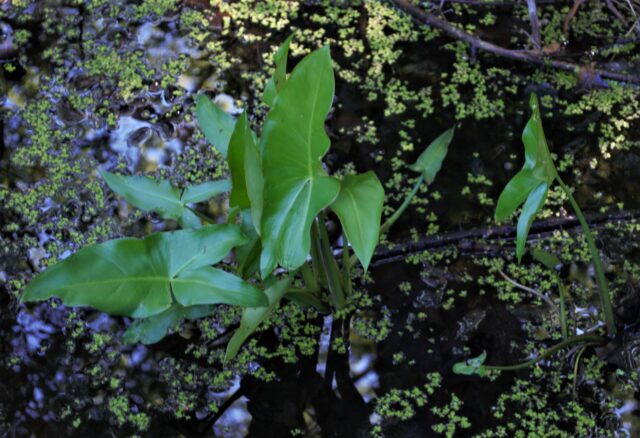
The roar of I-95 will remind you.
There is so much pavement. Here, but also, everywhere. When it rains, the contaminants wash off the impervious surfaces.
What contaminants?
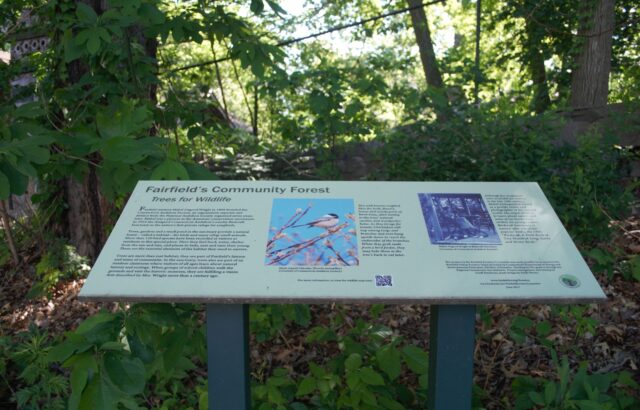
That’s the detail nobody seems to want to spell out. Most general public discussion of stormwater runoff is euphemistic, or passive, or . . . something. It alludes to mysteriously present chemicals being rained off roadways, into the water.
It’s all of us. We’re the problem.
The fluids that enable cars to operate are also disastrous to health when not managed properly. And that, not The Upside Down, is where these chemicals originate.
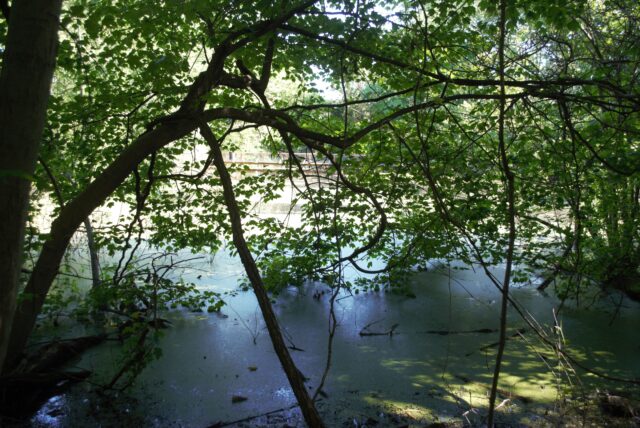
But it’s more than what washes off pavement that needs filtering. It’s the excessive use of fertilizers on golf courses and lawns that beg us to change our behavior, and to protect, restore, and recreate wetlands.
And that’s the value of interpretative signs: educating or reminding us that we have a place in the ecosystem; we are not outside of it. Our actions matter. Neighborhood, city, state, country borders . . . these are social constructs. Borders do not protect us, as the recent Canadian wildfires drove home hard to those in most of the Northeast megapolis.
When you are willing to look not only at what is beautiful, but also directly into the eyes of what is hazardous, you can make more embodied decisions about how to live differently and how to work toward solving these problems.
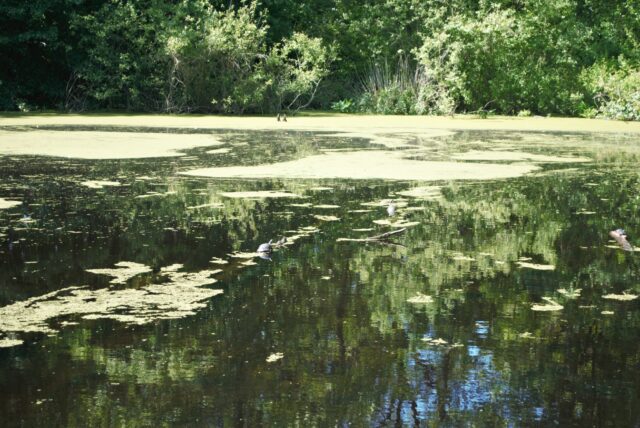
In between the birding oasis and the sandy beaches are buildings — lots of them.
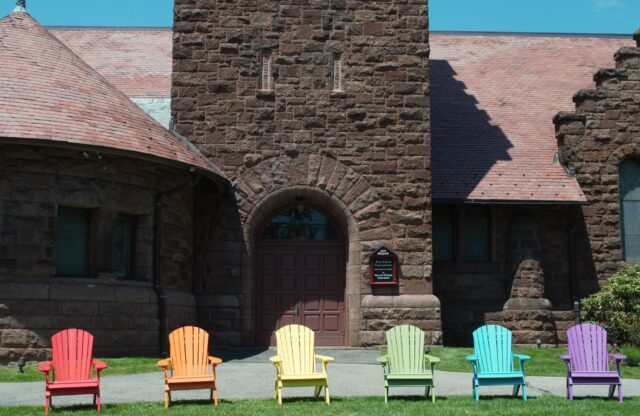
The most obvious routes between the train station and the beaches will lead you through the Old Post Road Historic District.
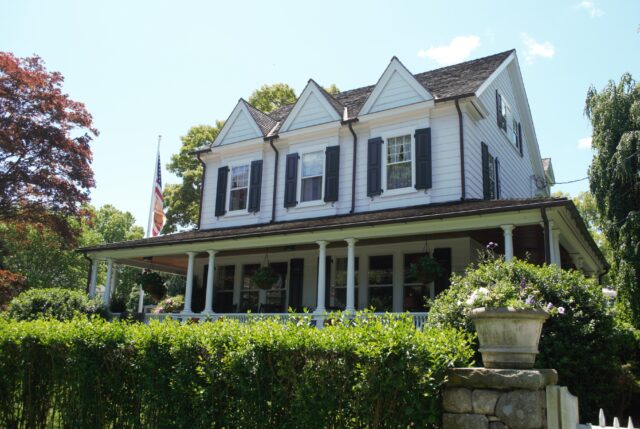
And if you want to know something about the pretty old buildings you’re wandering by, take a self-guided audio tour of the historic district.
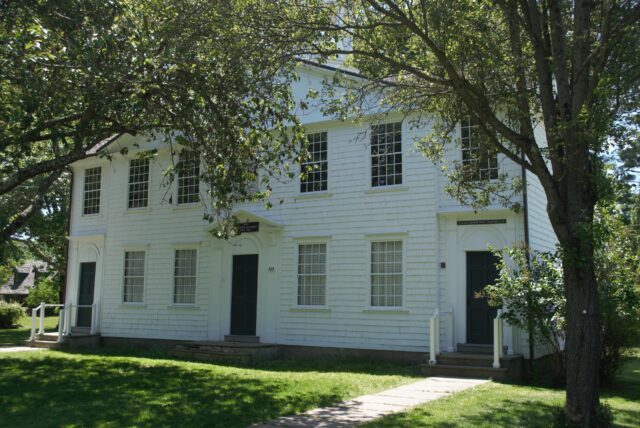
The Fairfield Museum and History Center is right in this area, presenting another opportunity to learn about the town
.
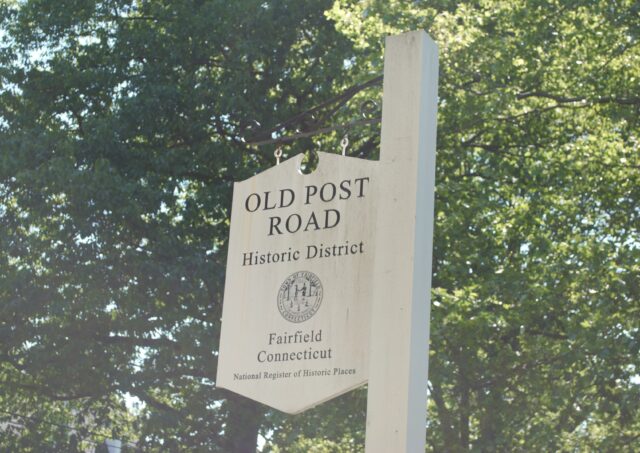
It’s easy to come in with lots of assumptions about how a place is going to be, and then see that there’s so much more happening. Yes, when you are coming from a city where the median household income is $36,000, and your own neighborhood is about half of that, it’s unmissable that you are visiting a place where the median household income is over $120,000. You see it in some of the types of boutiques. But more so, you see this aspect in much of the infrastructure, where everything caters to drivers because the expectation is that you are driving to get anywhere. Every complaint I could make about Fairfield is connected to motonormativity — from how objectively unsafe it is to cross Route 1 by the public library of all place, to the excess curb cuts along Route 1, to the absence of sidewalks in spots where you would expect them.
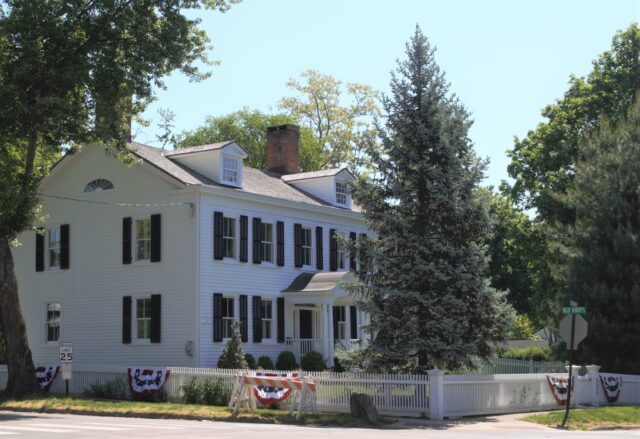
Getting here is easy, and there is reason to go, but town leaders would do well to listen to local advocates who have been making requests for modest safety improvements. Last January, I joined several of them on a panel discussion at the library. This was well-attended by the general public, and in the audience were several members of the state legislature.
To say it again, this is a place where people don’t leave trash just laying out on the beach. There’s appetite for fixing what is not working, and that makes it more attractive. I’m not interested in a notion of perfection; I want to see effort, and Fairfield, mostly, manages to show its work.
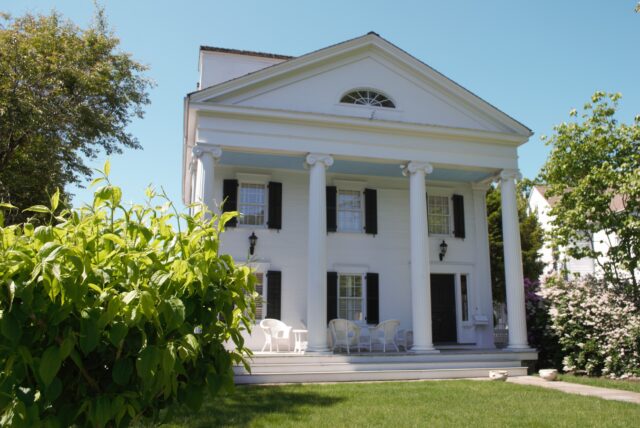
There is plenty to do and see within a 20-minute walk radius of the train station (and more if you want to figure out the bus system).
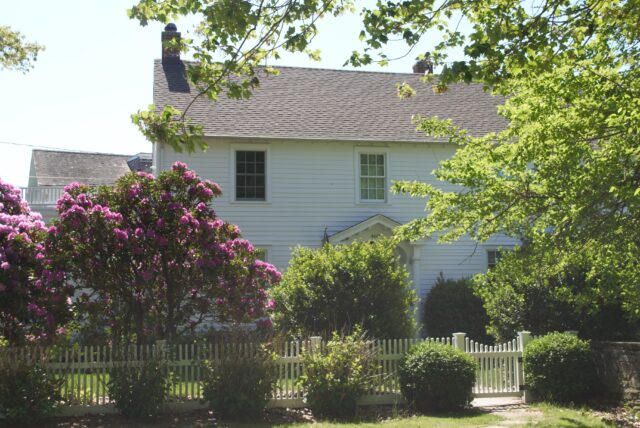
Want tacos? Bodega Taco Bar and Malibu Taco are less than a ten minute walk from the station.
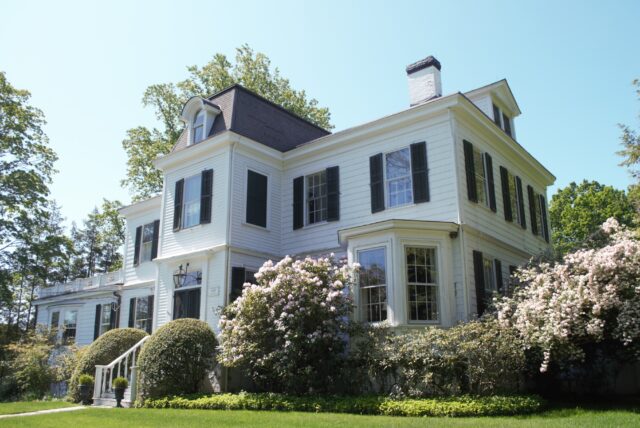
Want non-cloying macarons? Beignets? Challah? Isabelle et Vincent is also in that 10-minute walk range.
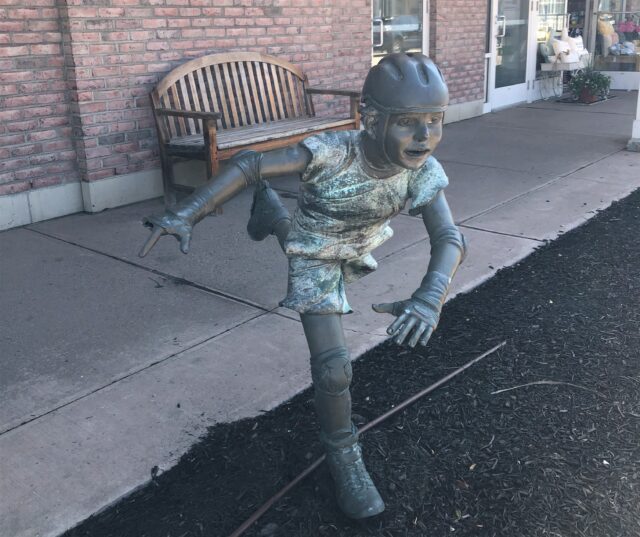
Thirsty? Las Vetas Lounge is about two minutes from the train; go there if you’re craving coffee, a black and white cookie, music from the 60s, and want all this below chandeliers decorated with lions and monkeys. Shearwater Coffee Bar is a 10-minute walk, and on the way to the beach; go there if you prefer to eat your artisanal baked goods in a more modern space. There are many other food and drink options along Route 1 and down the side streets.
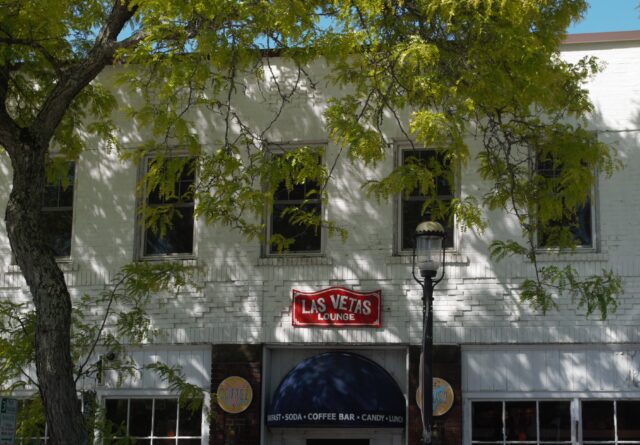
Route 1 has lots of shops, most of which are not my style, but Vintage Garden (near Shearwater Coffee) is worth a look if you are in the market for a cute and functional bag — the kind that lets you have two free hands while you roam about. Down Sanford Street, by the train station, is Olive My Stuff, a consignment shop. Vinyl Street Cafe, an independent record store, is on Route 1, and if you decide you want something to read on the trip home, the Fairfield University Bookstore is not far from there.
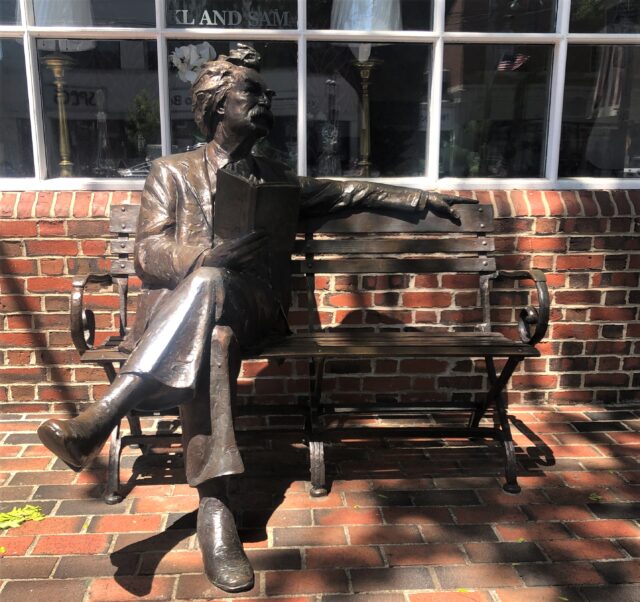
Stop by the Fairfield Public Library, but be warned, it might make you jealous. They run an Adult Reading Challenge, and they have multiple book groups/clubs. Will you stand at the long shelf of book club selections, scheming as to how you can join and visit monthly to participate? Probably. They have a book club with cocktails. I feel like this is a trap.
Also within a 5-minute walk of the train station: SHU Community Theatre and Fairfield Theater Company.
If you wanted to meet up with a friend for the day in a charming town, Fairfield should be on that list of contenders.
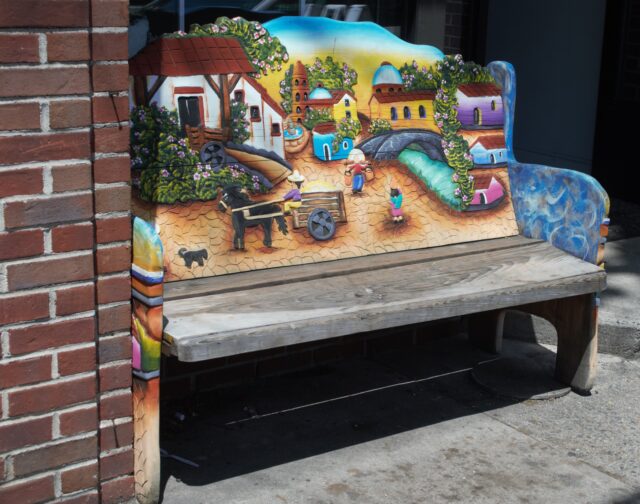
There are two train stations in Fairfield. Use the one at 165 Unquowa Road on the New Haven Line to be in walking distance of what is shown in this piece. Fairfield is served by Greater Bridgeport Transit.
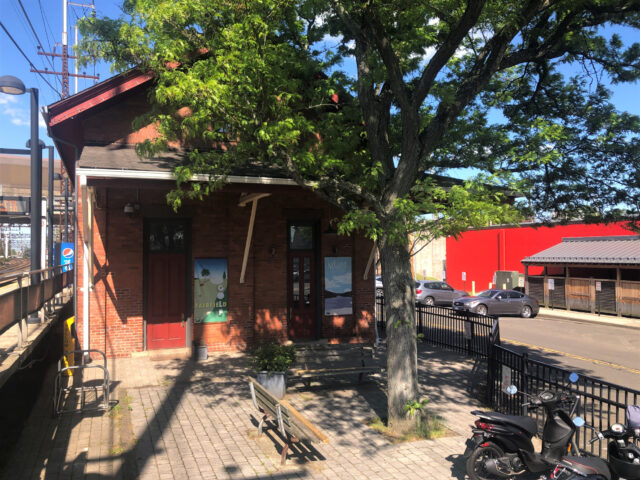
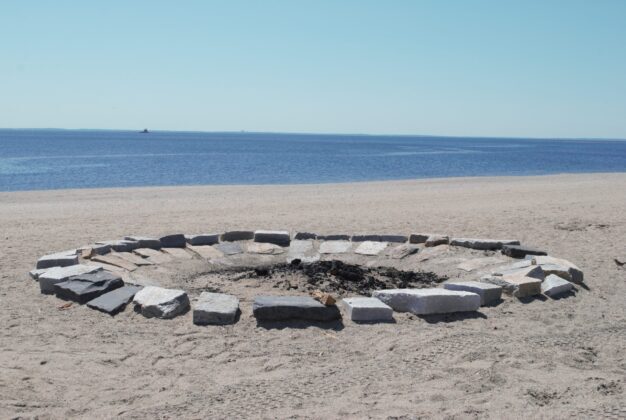
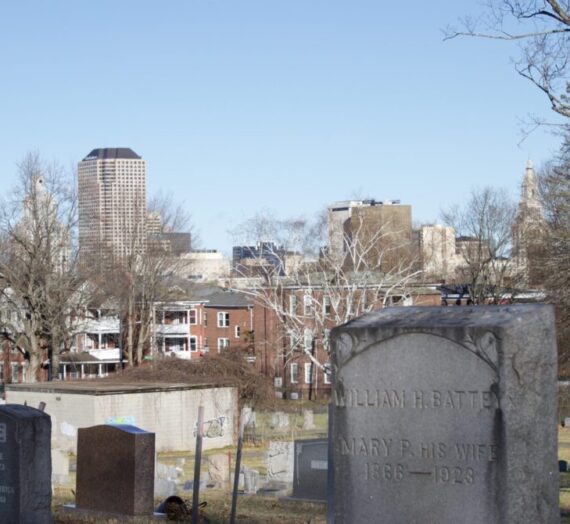
Bradley Kerner
The things you see when i’m foot! great write up!
Linda Pagani
This is a fantastic article, with gorgeous pictures. It makes me want to actually visit Fairfield, a place I generally think of as a speeding-car haven, whose interstate and local roadways make me fear for my life. But you have eloquently demonstrated that there is much to recommend it.